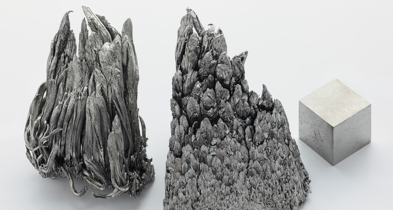The periodic table is a list of all of the atoms that we know of. But are those all the atoms on Earth or in the universe? Back in 1982, meitnerium was not on the periodic table. So who discovered it and how?
New elements are still being discovered and most of them are being made in the lab. The new elements are bigger—the biggest one has 114 protons and a molecular weight of around 285, about 25 times bigger than carbon. It is called ununquadium and it doesn’t last long, decaying almost immediately with half of it gone in about 3 seconds.
Some “new” elements have applications while others don’t. For example, californium, which was first made in 1950, is used in moisture gauges to determine water- and oil-bearing layers in oil wells. Other elements don’t stay around long enough to be very useful at all. You spend a few years trying to make them and—poof!—they decay in a few seconds.
When a new element is discovered it’s a pretty cool thing and whoever discovers it gets to name it. For example, berkelium was discovered at the University of California, Berkeley. So if anyone is interested in naming the next new element nanoozium, please let us know!
Most new elements result from smashing together different existing elements in an instrument that accelerates particles. Very recently at a lab located about 75 miles north of Moscow, Russia, a team of American and Russian scientists may have made a new element by smashing together calcium and berkelium. However, the discovery of this new element still needs to be confirmed by another laboratory before it becomes official.

